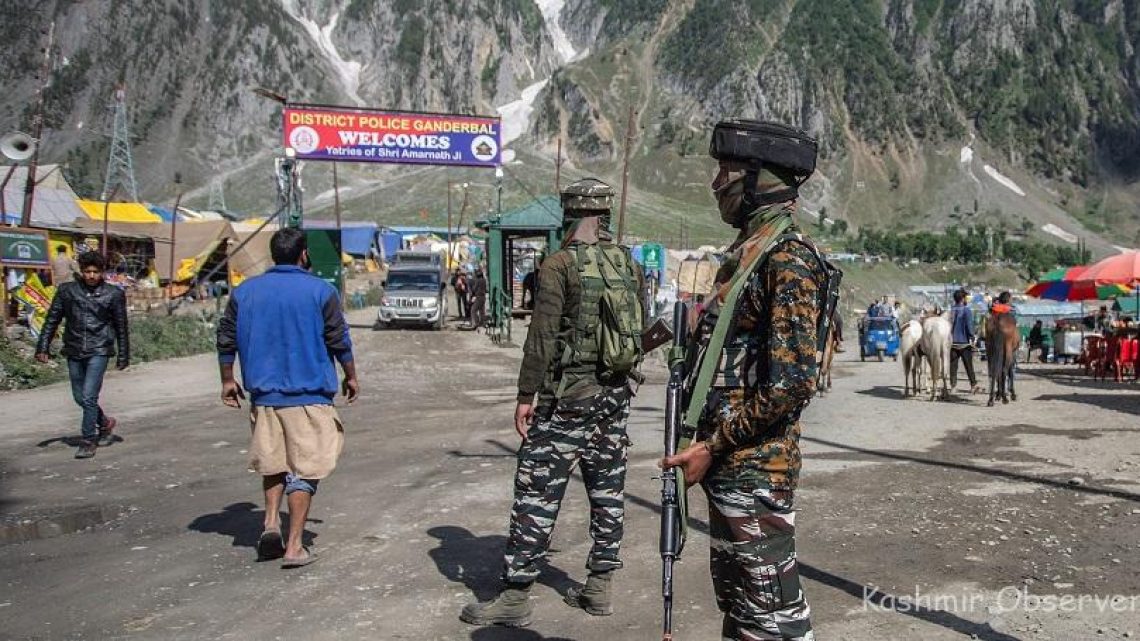
20,000 More Indian Troops Deployed Under the Guise of Amarnath Yatra Security in IIOJK
June 10, 2024In a move that has raised concerns about the increasing militarization of Indian Illegally Occupied Jammu and Kashmir (IIOJK), authorities have decided to deploy an additional 20,000 personnel to ensure the security of the annual Amarnath Yatra pilgrimage. This decision comes on top of the previously approved deployment of 500 additional companies of Indian forces.
The Indian Ministry of Home Affairs had already announced the deployment of these 500 paramilitary companies to bolster security measures. However, on June 7, the Ministry announced further reinforcement, stating that 20,000 more personnel would be stationed to protect the pilgrims journeying from Bhagwati Nagar in Jammu to the Amarnath Cave. According to a statement by the Ministry’s Secretary, this extensive security arrangement aims to ensure the safety of all pilgrims throughout the pilgrimage route.
This latest deployment adds to the already significant military presence in the region, making Jammu and Kashmir one of the most heavily militarized areas globally, with over one million Indian soldiers currently stationed there. The substantial military buildup has been a point of contention and concern among local residents and international observers alike.
Critics argue that such heavy militarization exacerbates the existing tensions and contributes to the suppression of the local population’s rights. They contend that the massive military presence is not only a measure for pilgrimage security but also a means of maintaining control over the region, which has been a hotspot for conflict and unrest.
The scale of the security operation has sparked a debate about the balance between ensuring safety and maintaining normalcy in the region. The overwhelming military presence impacts daily life and can foster a climate of fear and resentment among the local population.
Furthermore, the decision to deploy additional troops highlights the ongoing security challenges in Jammu and Kashmir. Despite claims of normalcy and peace, the need for such a massive security apparatus suggests persistent instability and the threat of violence. The local and international community continues to call for a peaceful resolution to the conflict that respects the rights and aspirations of the people of Jammu and Kashmir.
To conclude, the deployment of an additional 20,000 troops for the Amarnath Yatra in Jammu and Kashmir underscores the complex and contentious security situation in the region. While the authorities aim to protect pilgrims, the extensive militarization raises questions about the broader implications for peace and normalcy in the region.

